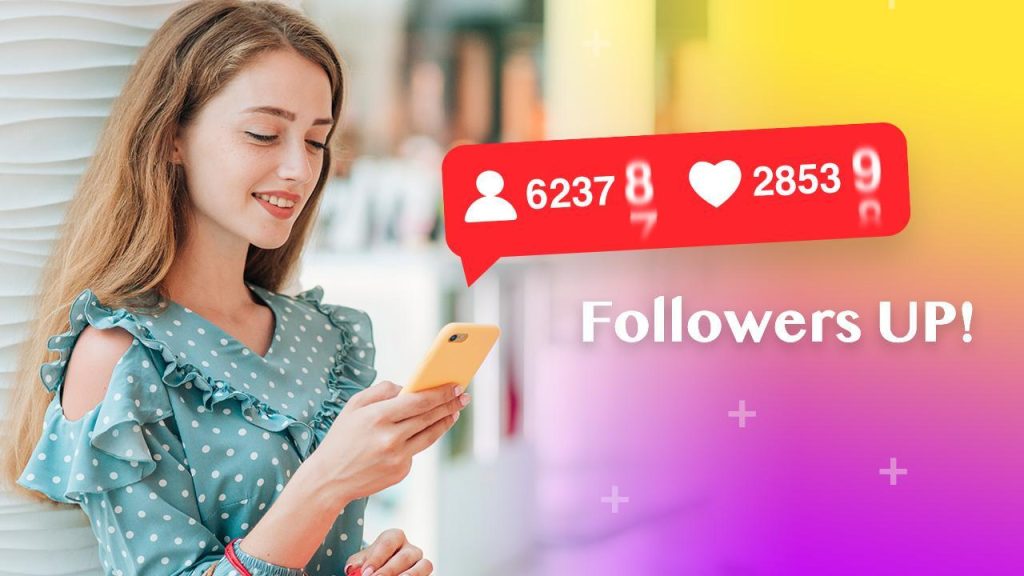In the realm of social media, Instagram stands out as a vibrant platform where visuals reign supreme. It has transformed the way individuals, brands, and influencers engage with their audiences, making the quest for likes a fundamental aspect of online presence. The phenomenon of likes on Instagram is not merely a measure of popularity; it embodies complex psychological and sociological dynamics that drive user interaction and content creation. As users scroll through their feeds, the number of likes on a post becomes a visible indicator of its success, often influencing future engagement and even the algorithms that determine what content is shown. At its core, the science behind Instagram likes delves into the human psyche. Psychological theories suggest that social validation is a key motivator in human behavior, and likes serve as a digital affirmation of one’s self-worth and popularity. The like button transforms passive viewing into active engagement, creating a feedback loop that reinforces behavior.

When users receive likes, their brains release dopamine, the feel-good neurotransmitter, making the act of posting and receiving likes addictive. This addiction is compounded by the competitive nature of social media, where users often compare their engagement metrics to those of peers, leading to a relentless pursuit of higher numbers and klicken and visit their site. From a statistical perspective, the impact of likes extends beyond individual gratification; it plays a critical role in the visibility and reach of content. Instagram’s algorithm prioritizes posts with higher engagement, meaning that those with a significant number of likes are more likely to appear in the feeds of other users. This creates a snowball effect where popular content continues to gain traction, often regardless of its actual quality or relevance. As such, the numbers game on Instagram can sometimes favor sensationalism over authenticity, leading to the proliferation of posts designed solely to garner likes, often at the expense of meaningful connection. Brands and marketers have capitalized on the science of Instagram likes by tailoring their strategies to maximize engagement.
Influencer marketing has emerged as a powerful tool, with brands leveraging the established followings of influencers to reach wider audiences. Influencers, aware of the importance of likes, often curate their content to align with trends that resonate with their audience, prioritizing aesthetics and relatability. This strategic manipulation of likes can create a false sense of popularity and trustworthiness, prompting users to engage with brands based on perceived popularity rather than genuine interest or quality. Moreover, the quest for likes has led to a rise in questionable practices, such as buying followers or using bots to inflate engagement metrics. Instagram has taken steps to combat such practices by updating its algorithm and introducing features to detect and penalize inauthentic behavior, emphasizing the importance of genuine interaction in the long run. The phenomenon of Instagram likes reflects broader cultural trends, including the commodification of social interactions and the impact of digital identity on self-perception.